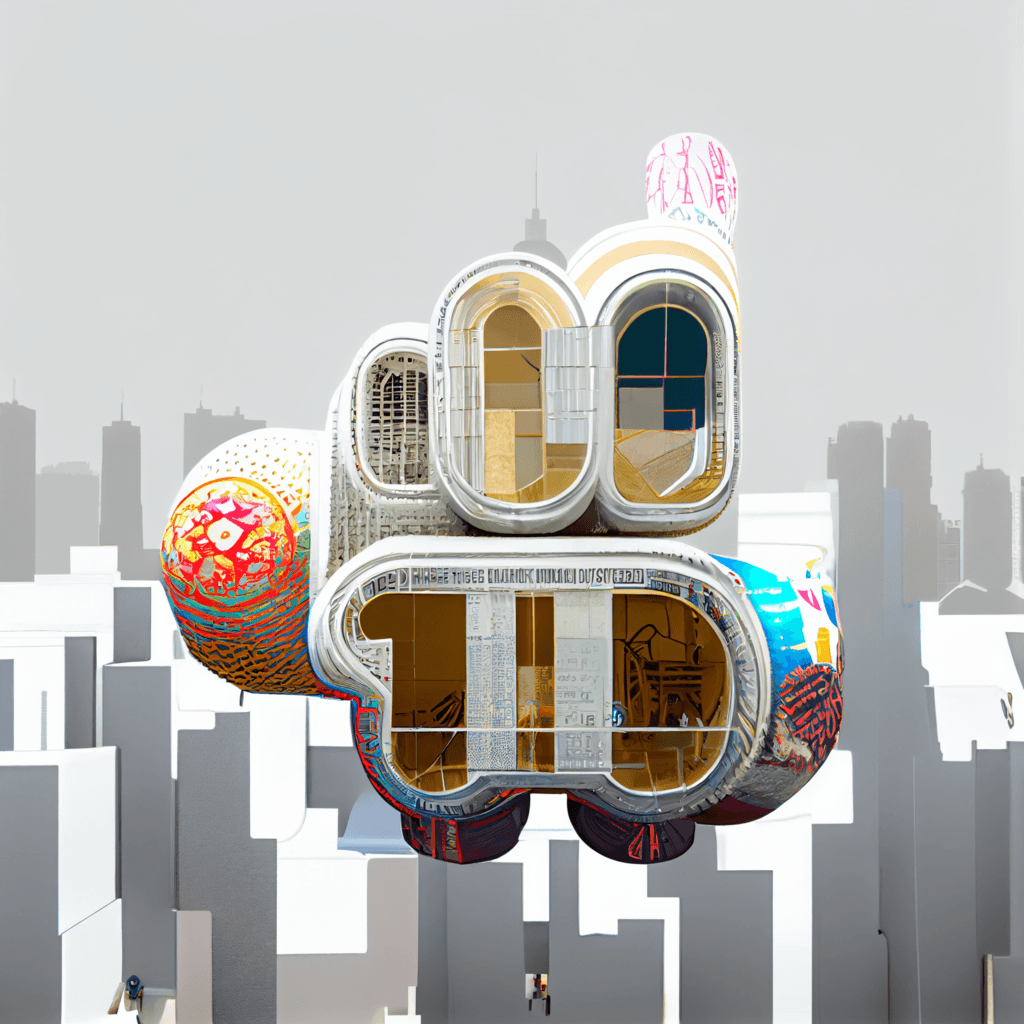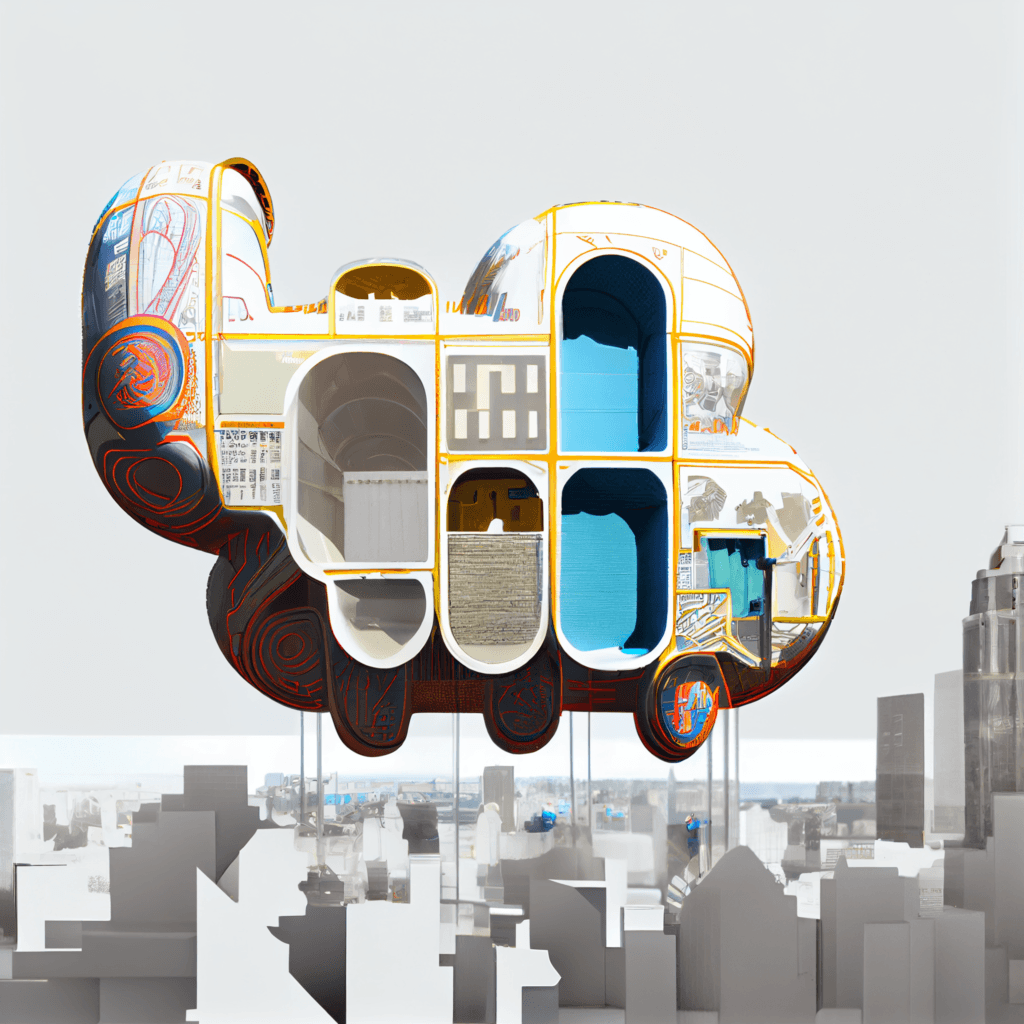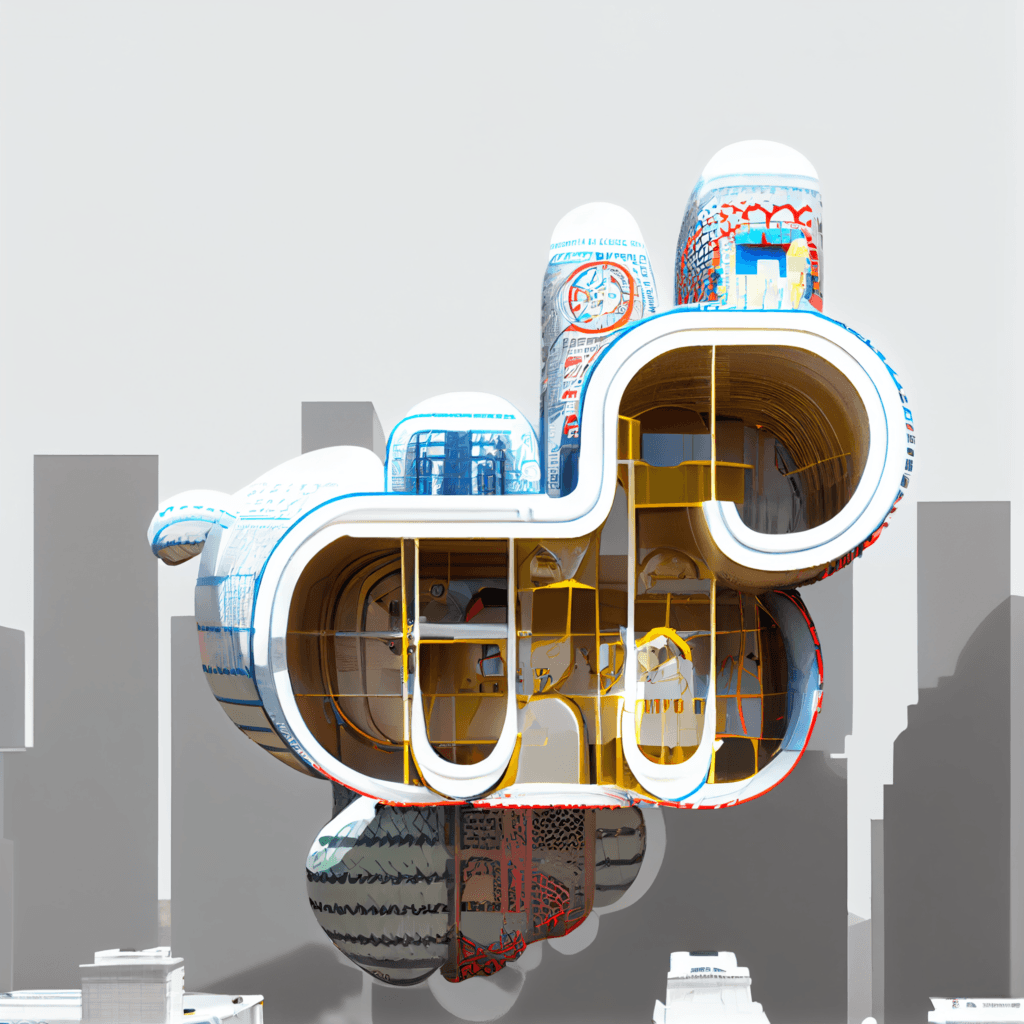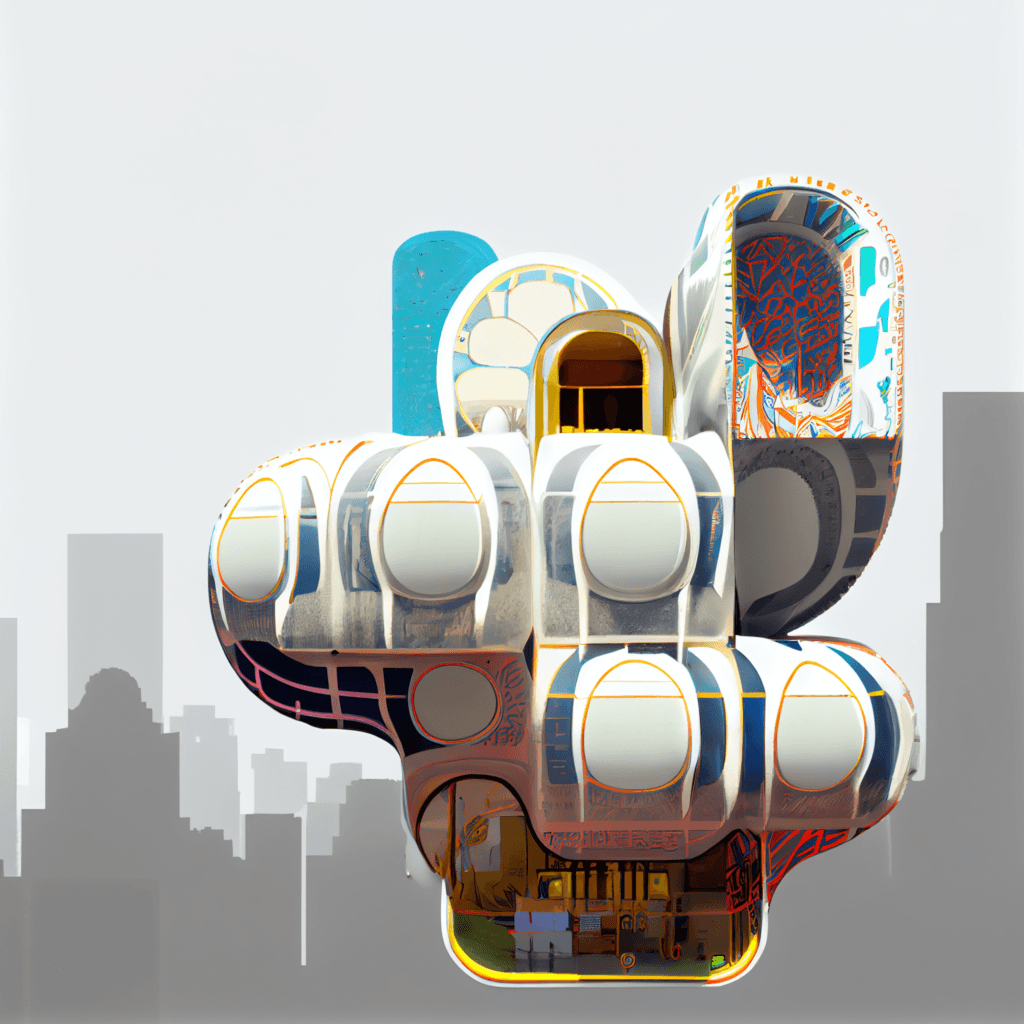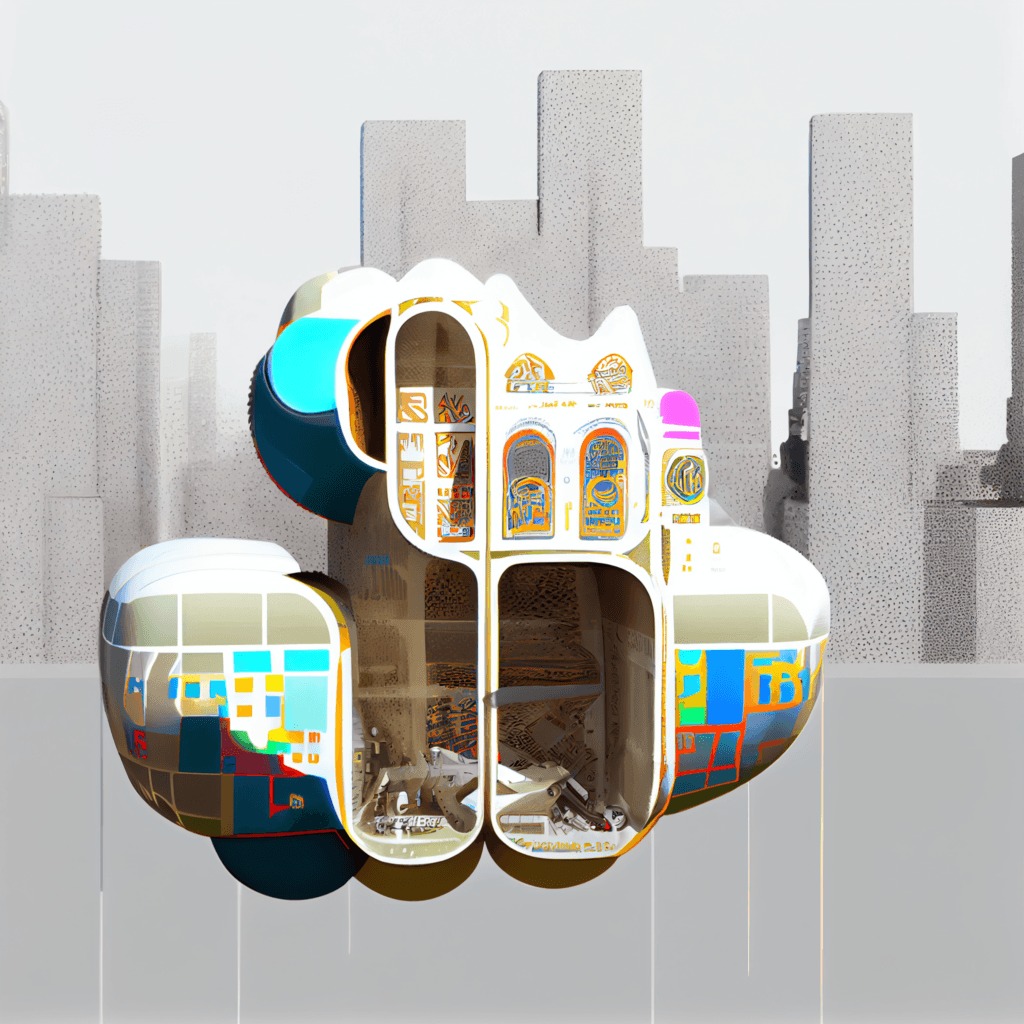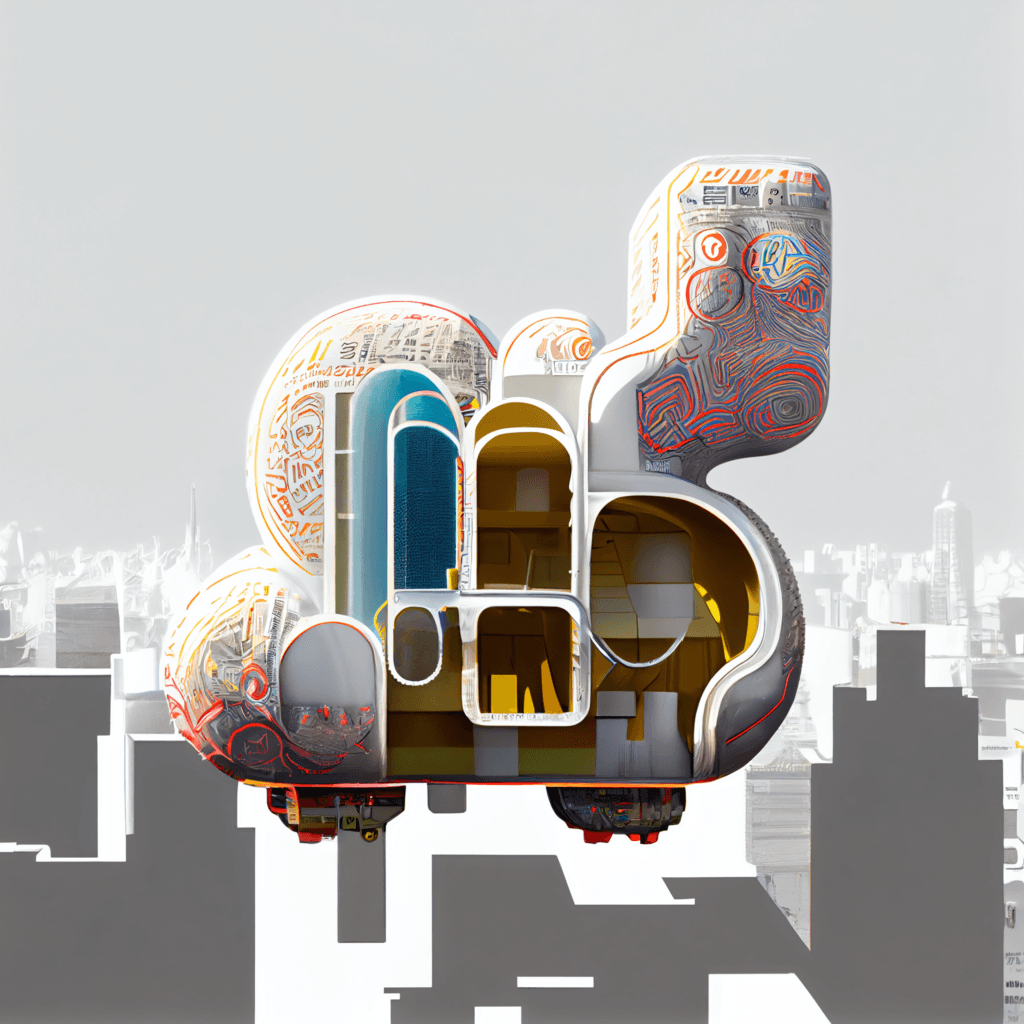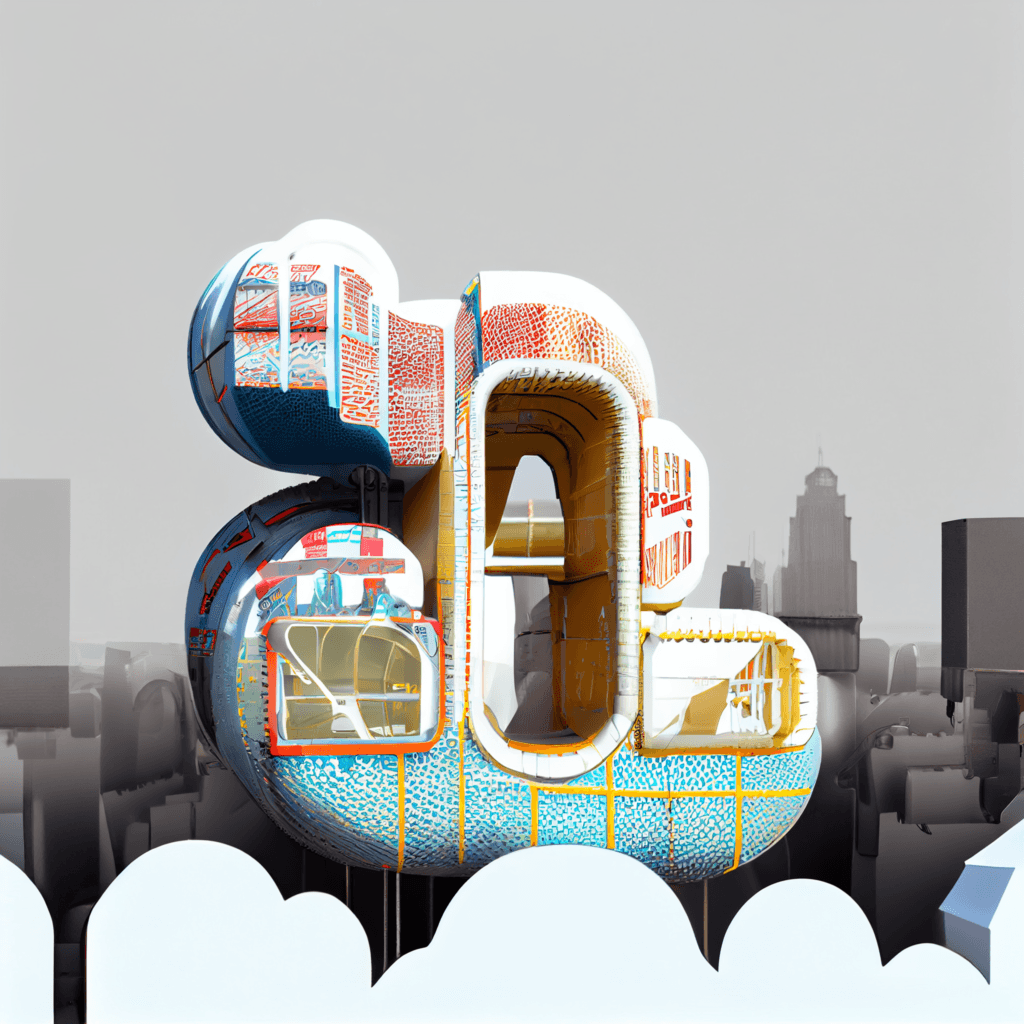BLENDED_MIDJOURNEY_V4
Throughout history, queer culture has used color as a means of self-expression and political signaling. From the rainbow flag to drag performances, the queer community has used color to represent their identities and challenge traditional societal norms. This essay will explore the historical significance of color in queer culture, how it has been used as a means of self-expression, and how it has served as a political signal for change to future generations.
One of the most well-known examples of color in queer culture is the rainbow flag. Designed by artist Gilbert Baker in 1978, the rainbow flag was intended to be a symbol of diversity and inclusivity for the LGBTQ+ community. Each color of the flag represents a different aspect of the community, with red representing life, orange representing healing, yellow representing sunlight, green representing nature, blue representing harmony, and purple representing spirit. The rainbow flag has become an iconic symbol of LGBTQ+ pride and has been used in protests, parades, and other events around the world.
But the use of color in queer culture goes beyond the rainbow flag. Drag performers, for example, often use vibrant and bold colors in their costumes and makeup to express their identities and challenge traditional gender roles. Drag culture has a long history of using color as a means of self-expression, with performers using makeup, wigs, and costumes to create elaborate and eye-catching looks. These performances serve not only as a form of entertainment but also as a way for individuals to express themselves and challenge societal norms.
In addition to self-expression, color has also been used as a political signal for change within the queer community. In the early days of the LGBTQ+ rights movement, activists used the color lavender as a symbol of gay rights. The color was chosen because it was not traditionally associated with gender or sexuality, and it was used to signify a sense of community and solidarity among LGBTQ+ individuals. The Stonewall riots of 1969, which are often cited as the beginning of the modern LGBTQ+ rights movement, were marked by the use of color as a political signal. Rioters wore armbands in different colors to signify their affiliation with different activist groups, and these colors became a symbol of resistance and change within the queer community.
The use of color in queer culture has continued to evolve and adapt over time. Today, many LGBTQ+ individuals use color in their fashion choices and home decor to express their identities and show solidarity with the community. Social media platforms like Instagram have also become a space for individuals to share colorful and vibrant photos that reflect their identities and experiences.
In conclusion, color has played a significant role in queer culture throughout history. From the rainbow flag to drag performances, color has been used as a means of self-expression and political signaling. The use of color has allowed the queer community to challenge traditional societal norms and create a sense of community and solidarity. As the LGBTQ+ rights movement continues to evolve, color will undoubtedly continue to play an important role in the expression and representation of queer identities.
